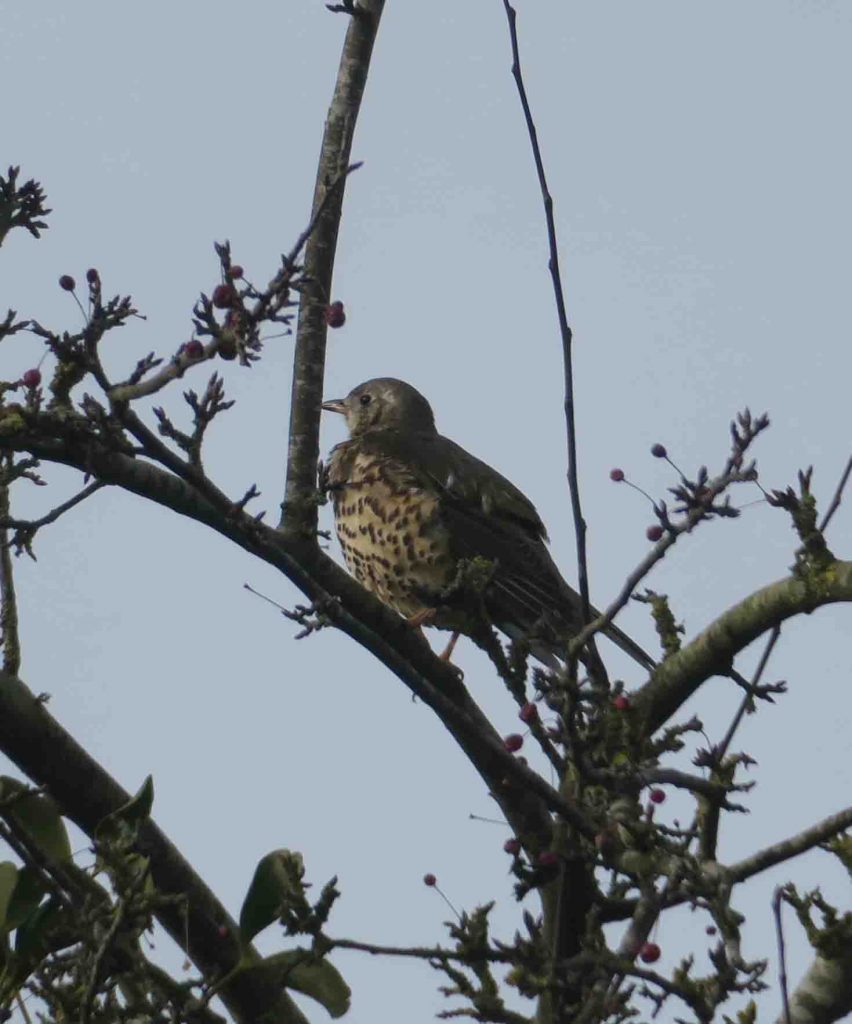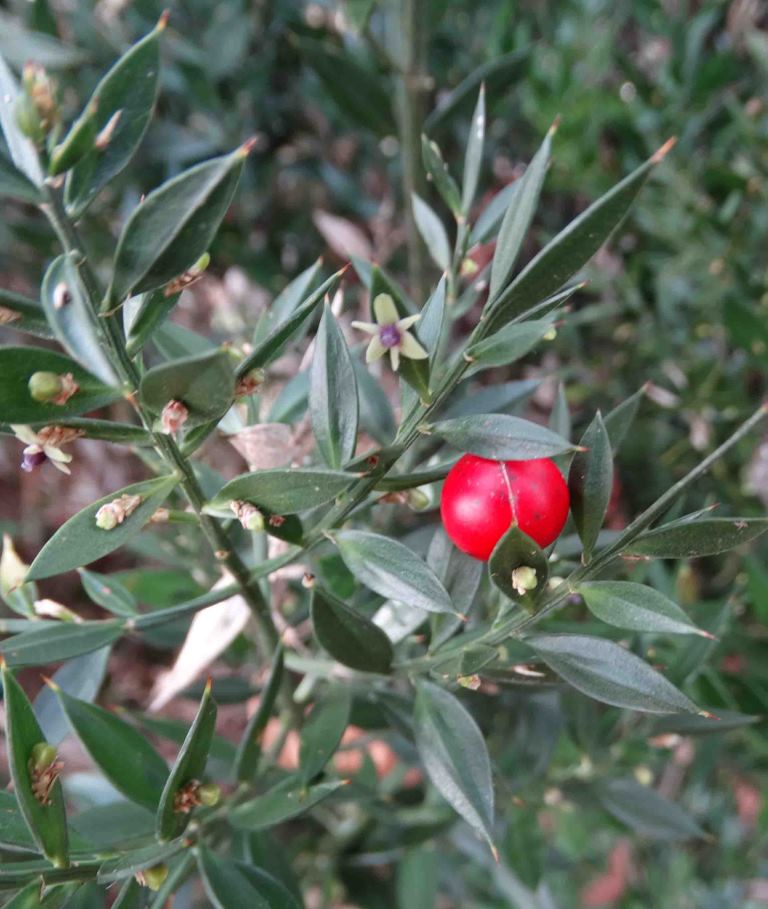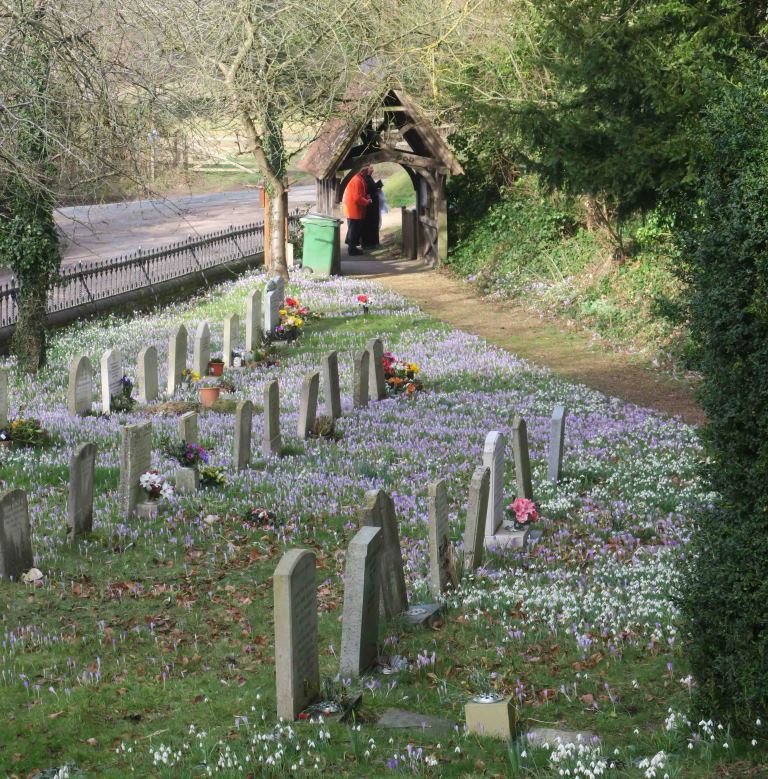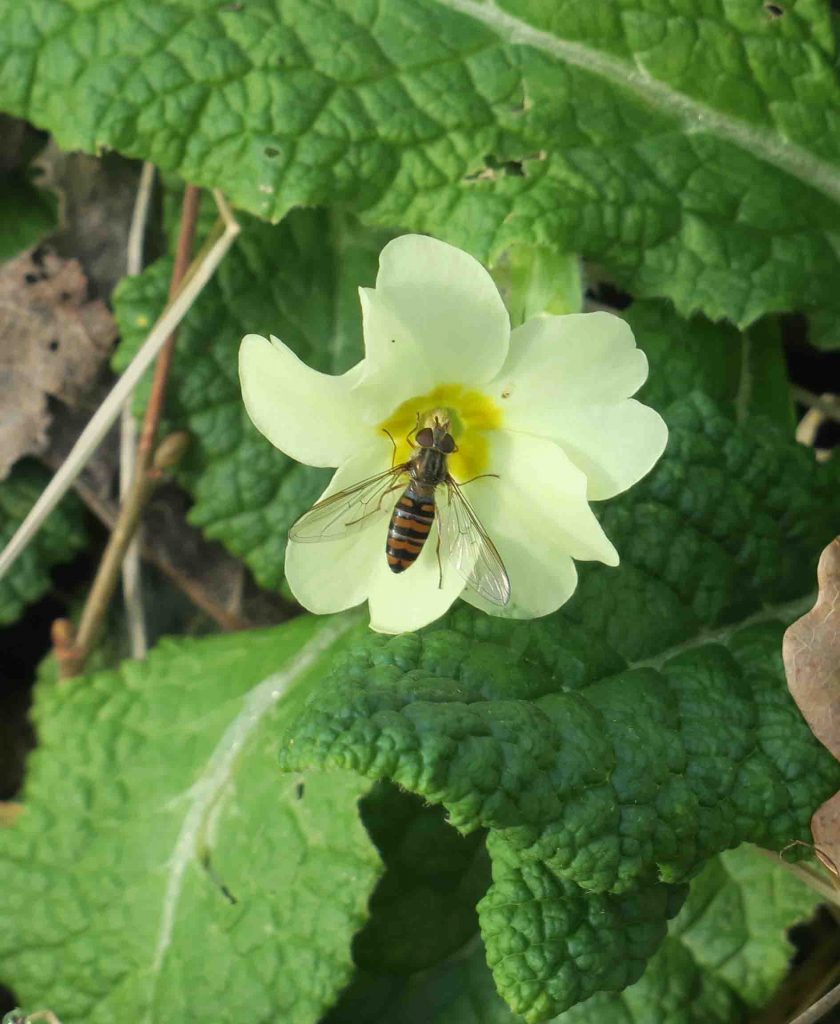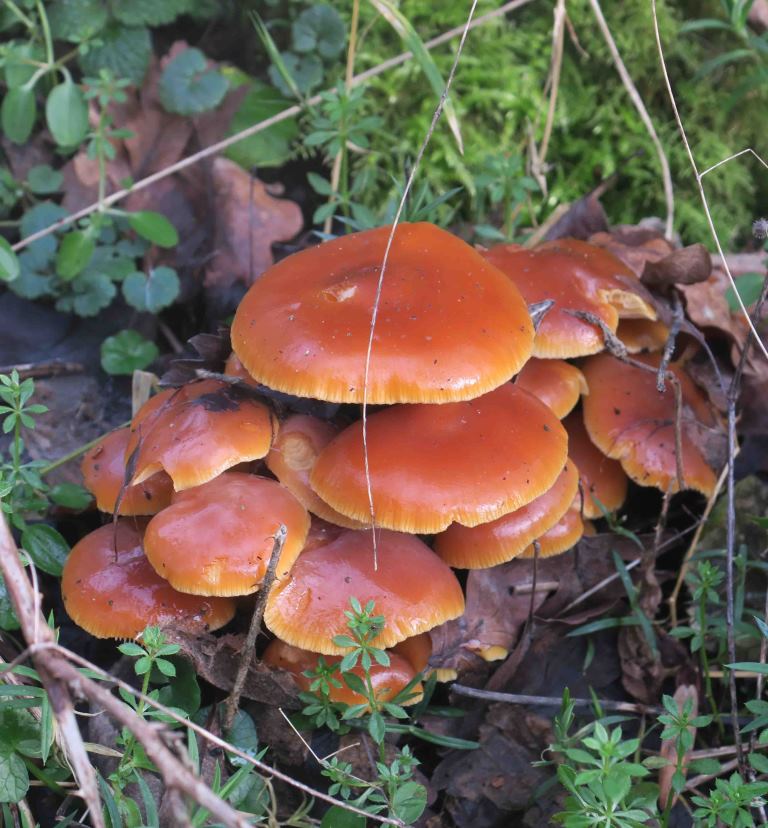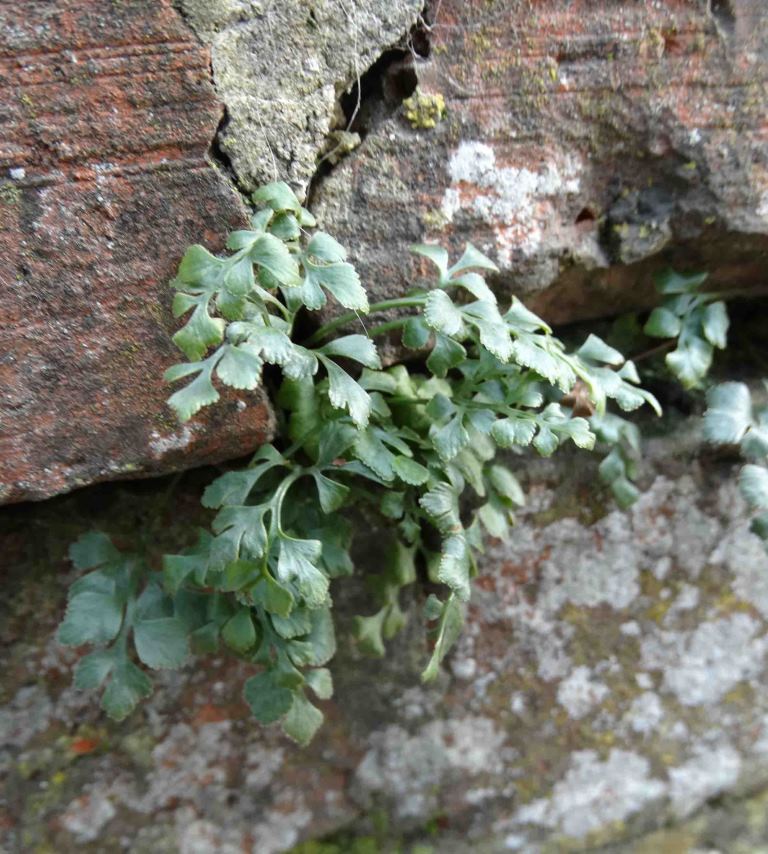Julia Cooper and Ian Duddle led a walk on Wednesday 13 February, starting from the Greyhound at Tidmarsh. It was a mild and sunny spring-like morning. While the group were gathering, a Mistle Thrush flew into a tree across the road and started feeding on Mistletoe berries and Rooks congregated noisily in the tops of nearby trees. The walk started northwards along the road towards Pangbourne, but soon turned off along a footpath which led first past attractive gardens and then across fields towards the River Pang. A Green Woodpecker called and there was a flock of Goldfinches feeding in the riverside Alders. The route then led eastwards across the big field which lies to the south of Pangbourne. Three Greenfinches were spotted in the hedge at the edge of the allotments. In the far corner of the field was an area with Dwarf Gorse bushes. The walk continued southwards along Sulham Lane, where a freshly killed Badger was lying at the roadside. The next footpath crossed a field of winter wheat and then climbed steeply up to Sulham Woods. There were still plenty of glossy black berries on the Wild Privet bushes. The path continued through the Beech trees, before dropping back down through the fields to a footpath which ran above the back gardens of the cottages of Sulham. There were a number of clumps of Butcher’s-broom beside the path, bearing white flowers and both green and red berries. A little further on, Barberry was found amongst the Blackthorn and Hawthorn in the hedge beside the path. It had a paler bark and spines in distinctive clusters of three. Next stop was the churchyard of St Nicholas Church at Sulham, where there was a stunning display of purple crocuses and snowdrops.
The walk continued across fields to Sulham Brook, with Skylarks singing overhead and a glimpse of a Kestrel. The route then led through BBOWT’s Moor Copse reserve. The first Primroses were in flower, and one clump had a Marmalade Hoverfly resting on it. A tuft of the glossy orange Velvet Shank fungus was growing on a dead stump beside the path. Great Spotted Woodpecker, Marsh Tit, Goldcrest, Nuthatch and Siskin were all heard in the woods. The latest coppice plot was inspected. A dead hedge was being constructed along its ride-side edge, with 2 staggered lines of posts enclosing layered brushwood to make a deer-proof barrier. The path back to the River Pang passed a big tangle of Guelder-rose bushes which had been stripped of their berries. The final part of the walk followed the river back to Tidmarsh. Just before leaving the reserve, the mink raft was inspected. When it is in use in inspection mode, a removable clay pad records the footprints of any visiting creatures. Signs of both Otter and American Mink have been detected on or near the reserve in recent years. There were a number of big Poplars in the field beyond the reserve, and many of them had the characteristic round exit holes of the Hornet Moth around the base of the trunk. The final stop was the 12th century church of St Laurence at Tidmarsh, with its beautiful Norman south doorway and unspoilt interior. Wall-rue was growing on the churhyard wall. The walk was followed by lunch at the Greyhound
Pictures by Ian Esland and Laurie Haseler

